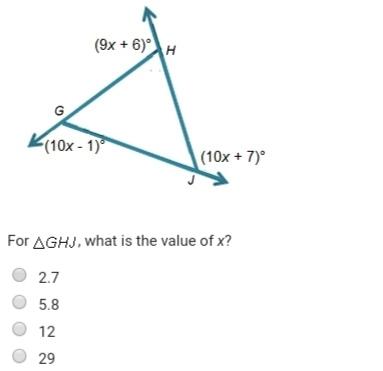
Mathematics, 14.07.2020 22:01 hillmarilyn70pe8sy6
Use De Morgan’s law for quantified statements and the laws of propositional logic to show the following equivalences:
a. ¬ x(P (x) ¬Q(x)) x(¬P (x) Q(x))∀∧≡∃∨
b. ¬ x(¬P (x) = Q(x)) x(¬P (x) ¬Q(x))∀⇒≡∃∧
c. ¬ x(¬P (x) (Q(x) ¬R(x))) x(P (x) (¬Q(x) R(x)))

Answers: 2


Another question on Mathematics

Mathematics, 21.06.2019 16:00
Aswim teacher sells lesson packages. the best deal has the highest ratio of lessons to total cost.swim lesson packagesnumber of lessons total cost$10$4010 1 $8015$80which package is the best deal? l lesson for $105 lessons for $4010 lessons for $8015 lessons for $80mark this and returnsave and exit
Answers: 3

Mathematics, 21.06.2019 19:50
Drag each tile into the correct box. not all tiles will be used. find the tables with unit rates greater than the unit rate in the graph. then tenge these tables in order from least to greatest unit rate
Answers: 2

Mathematics, 21.06.2019 21:50
Question 14 (1 point) larry deposits $15 a week into a savings account. his balance in his savings account grows by a constant percent rate.
Answers: 3

Mathematics, 21.06.2019 23:30
Which numbers have the same absolute value? choose all that apply. asap will mark at brainliest
Answers: 1
You know the right answer?
Use De Morgan’s law for quantified statements and the laws of propositional logic to show the follow...
Questions






Mathematics, 01.02.2021 21:00


SAT, 01.02.2021 21:00

Mathematics, 01.02.2021 21:00

Chemistry, 01.02.2021 21:00





Social Studies, 01.02.2021 21:00

Computers and Technology, 01.02.2021 21:00


Mathematics, 01.02.2021 21:00

Mathematics, 01.02.2021 21:00







